at the kitchen window last evening with its nose nearly pressed up against the glass. There’s still a small herd hanging out in the valley and several still frequent my bird feeders and bird bath around dusk.
Mule deer (Odocoileus hemionus).
at the kitchen window last evening with its nose nearly pressed up against the glass. There’s still a small herd hanging out in the valley and several still frequent my bird feeders and bird bath around dusk.

Mule deer (Odocoileus hemionus).
maintain the snowpack in the high country at near normal levels while misting the lower valley with light rains. Springtime approaches in the high desert.

A window to the snowy high country opens behind Round Mountain this afternoon.

Lasal Mountain (572) SNOTEL hydrograph: Black line indicates the current water year snow water content, closely following the median value (green line) based on 41 years of record at this station. Last year’s historic snowpack is represented by the purple line for comparison. (Graph from NCRS SNOTEL network.)
17 March 2024 update: This SNOTEL station now reports 119% of median SWE!
illuminated at night. I shot this on my return flight to my high desert hacienda in red rock country. I’m delighted that people want to live this way, giving the rest of us wider spaces.

reliving their childhood, featured in this week’s Castle Valley Comments. The young lad pictured below plays a leading role.

Junior rocketeer with Science Fair project, circa 1968.

Richard Codd from Moab (left) supervises as I attach the launch system to the igniter on the unpainted Doorknob model rocket. (Image courtesy Ron Drake.)
for aerial observation of landforms. And remember, geologists always get window seats (except on a Boeing 737 Max 9).

Mancos Shale badlands near Grand Junction, Colorado. The overlying Mesa Verde Group (Cretaceous) crops out in the escarpment.

View towards the northwest. La Sal Mountains and Paradox Valley (a collapsed salt-cored anticline).
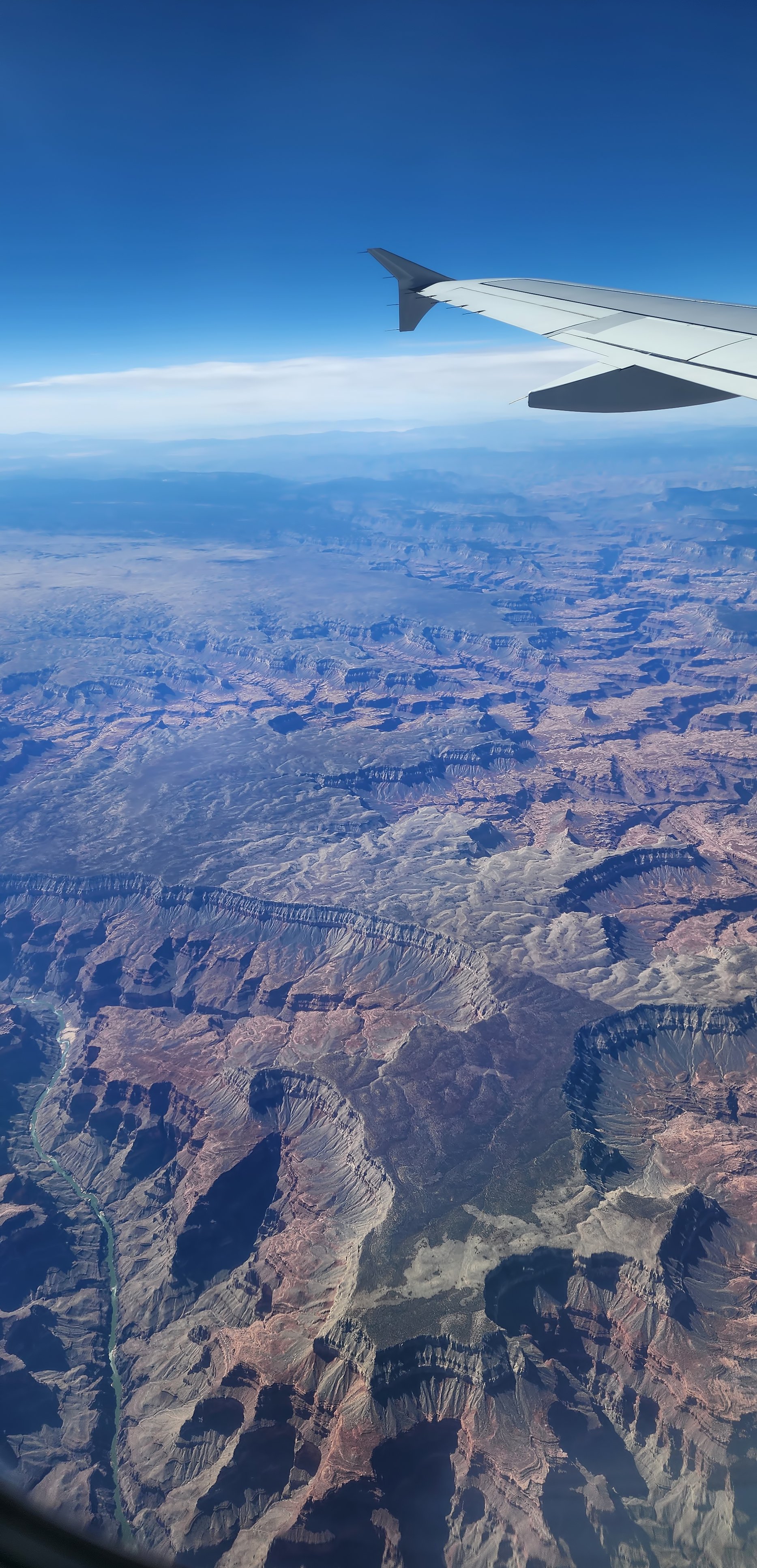
Grand Canyon and Colorado River.
on a “F” engine, the unpainted Doorknob model rocket leaps skyward off the pad in a sparkly liftoff. The one minute-long flight reached 832 feet in altitude according to the onboard flight recorder.


Though not a high flyer, the Doorknob drifted about 500 feet from the launch site once the chute deployed.

Launching slightly into the wind on a “E” engine, the sleek and unpainted Frangible Arcas achieved 1,381 feet at apogee, landing softly under chute and drifting about 600 feet down range.
behind the lower slopes of Castleton Tower this evening. This full Moon is variously known as the Full Snow Moon or the Full Hunger Moon since it appears shortly after the middle of winter.
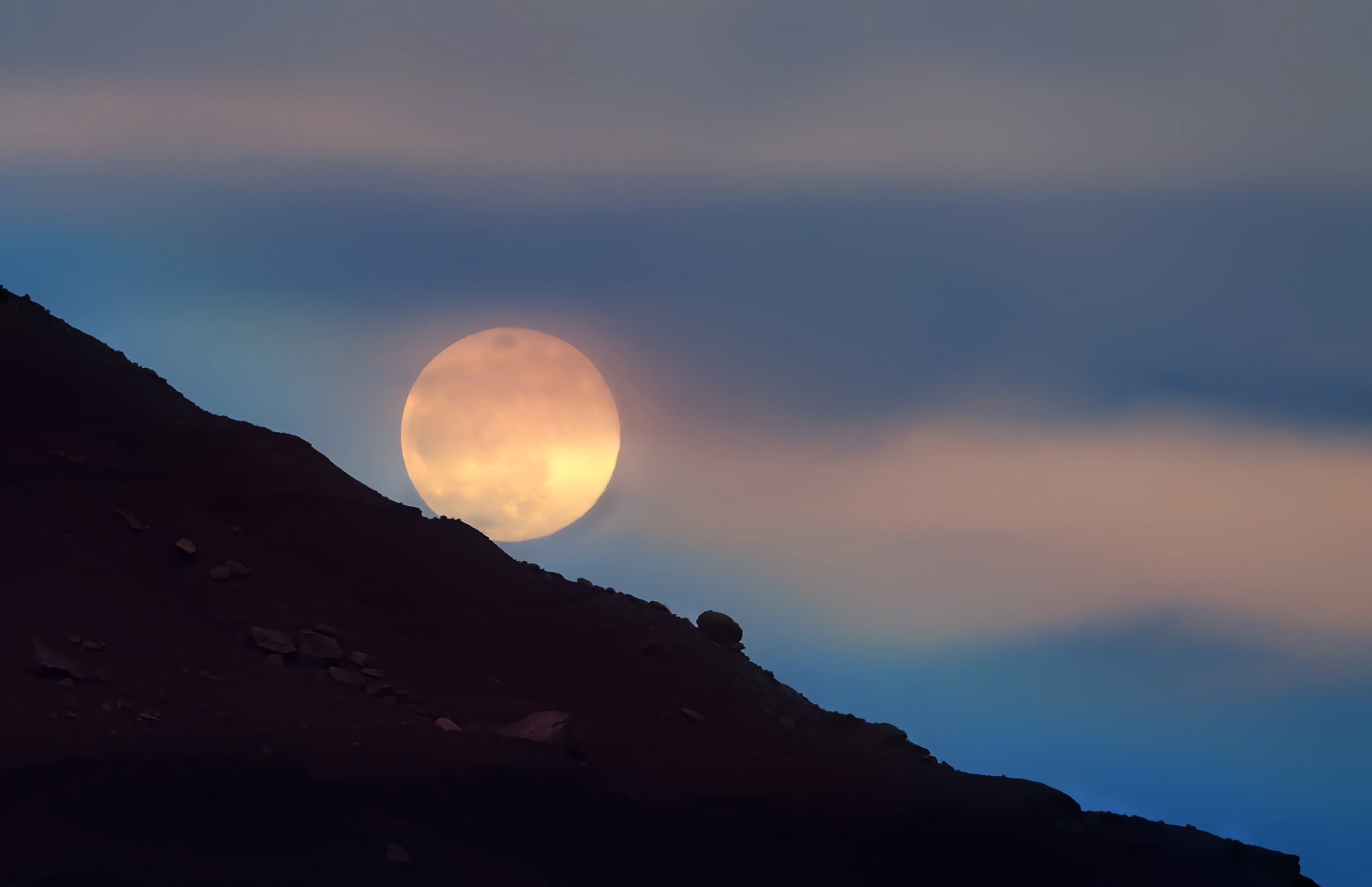
from the birdbath at dusk. It seems to be a well known watering hole that is visited nightly, and there are more than 30 muleys grazing out back as this is posted. They’ll be moving up the valley soon as spring approaches.

Mule deer (Odocoileus hemionus).
hooked on Nyjer thistle seed. And it’s not alone.
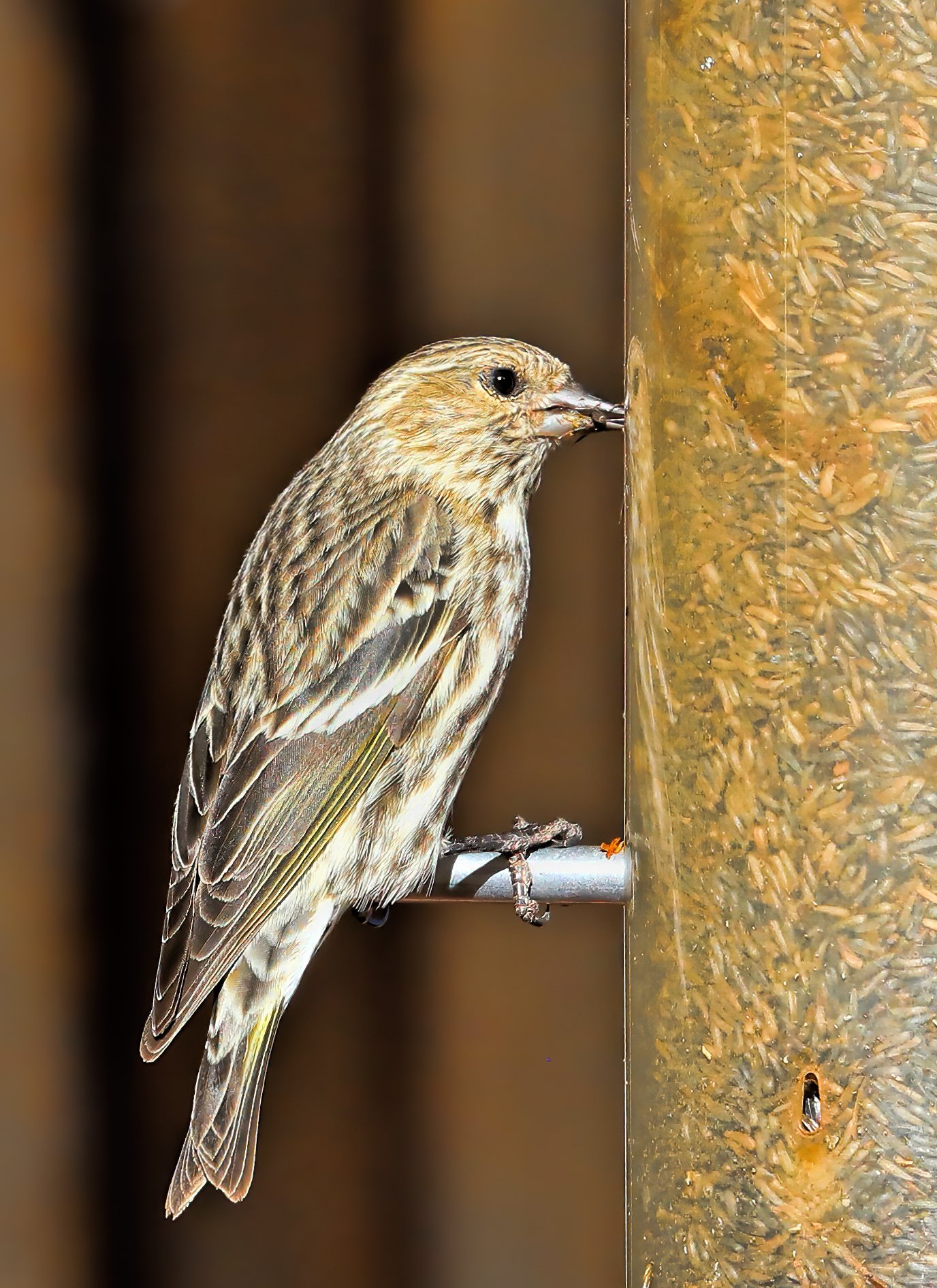
Pine Siskin (Spinus pinus).

at the business end of the Patriot model rocket as the engine pressurizes and spits out the electrical ignitor. Milliseconds later, liftoff!

Still frames captured by a GoPro.

after an early launch on a calm, clear and sunny morning. This one flew to 501 feet on a “C” engine and pulled 9.4 Gs at peak acceleration, softly landing less than 20 feet from the pad.

Estes Red Max model rocket with a tethered altimeter (black object near nose cone) and Nomex chute protector (orange fabric attached to shock cord).

Still frame from the upward-looking GoPro at the pad.
in Castle Valley is the melodic song of the Western Meadowlark emanating from a lofty perch. This one is really broadcasting this morning.
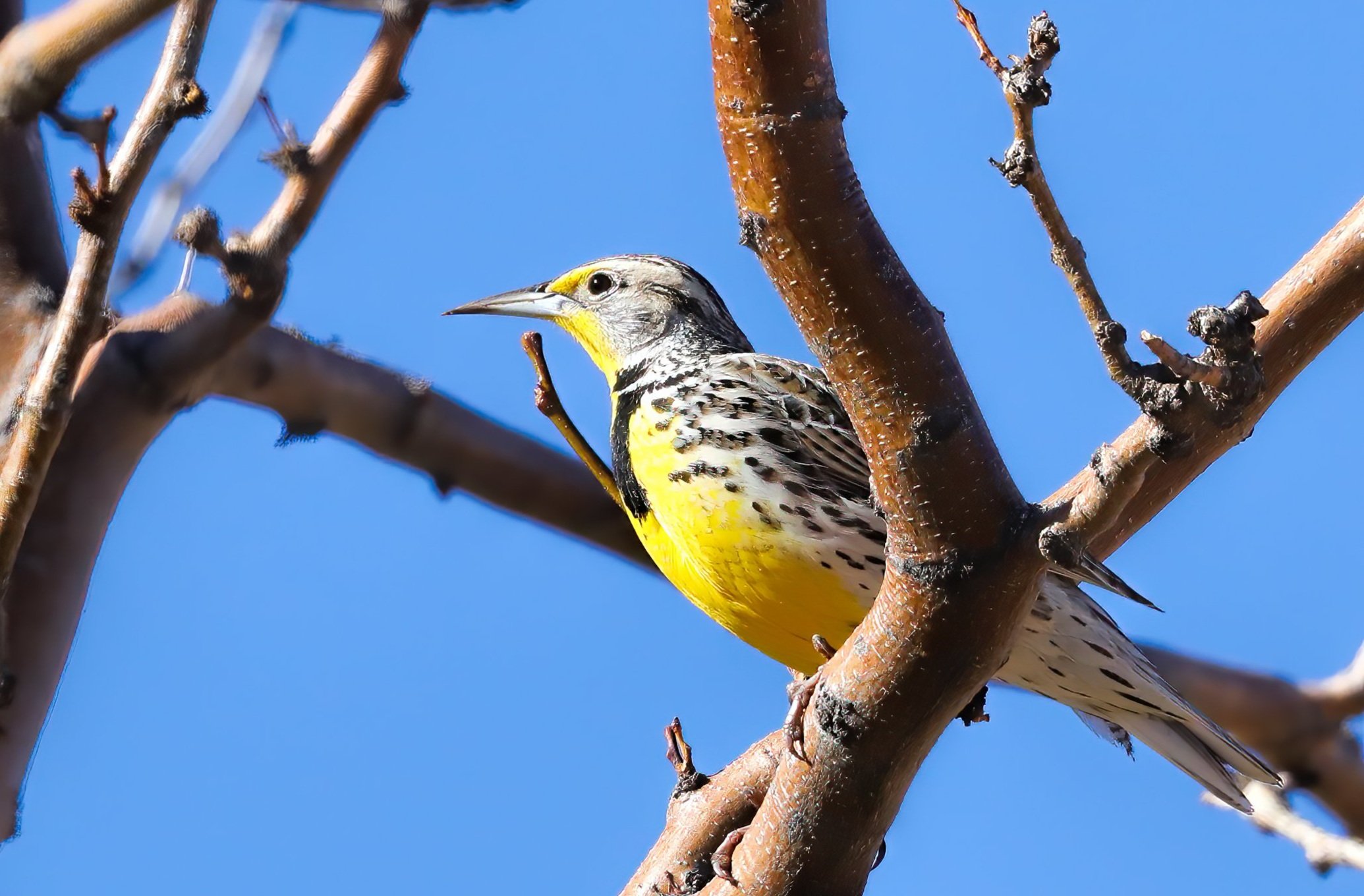
Western Meadowlark (Sturnella neglecta).

blankets Castle Valley this morning. But it’s not going to last long.

As a result of this storm, snow depth in the La Sal Mountains ranges from 33 to 59 inches at the SNOTEL sites, with the snow water equivalent rising to 114% of the historic median.
and sitting patiently for millennia, this pair of 1.5+ meter diameter sandstone boulders lie on an old alluvial fan surface below Round Mountain. These enormous clasts were likely entrained in a viscous slurry of water and sediment that moved down the steep topographic gradient, perhaps mobilized by an intense rainfall event, countless centuries ago.

And it was a beautiful - but blustery - day for a ride.
sharply silhouettes Castleton Tower early this morning. Peachy.

accompanied by unseasonably warm temperatures makes it feel like spring in the high desert.
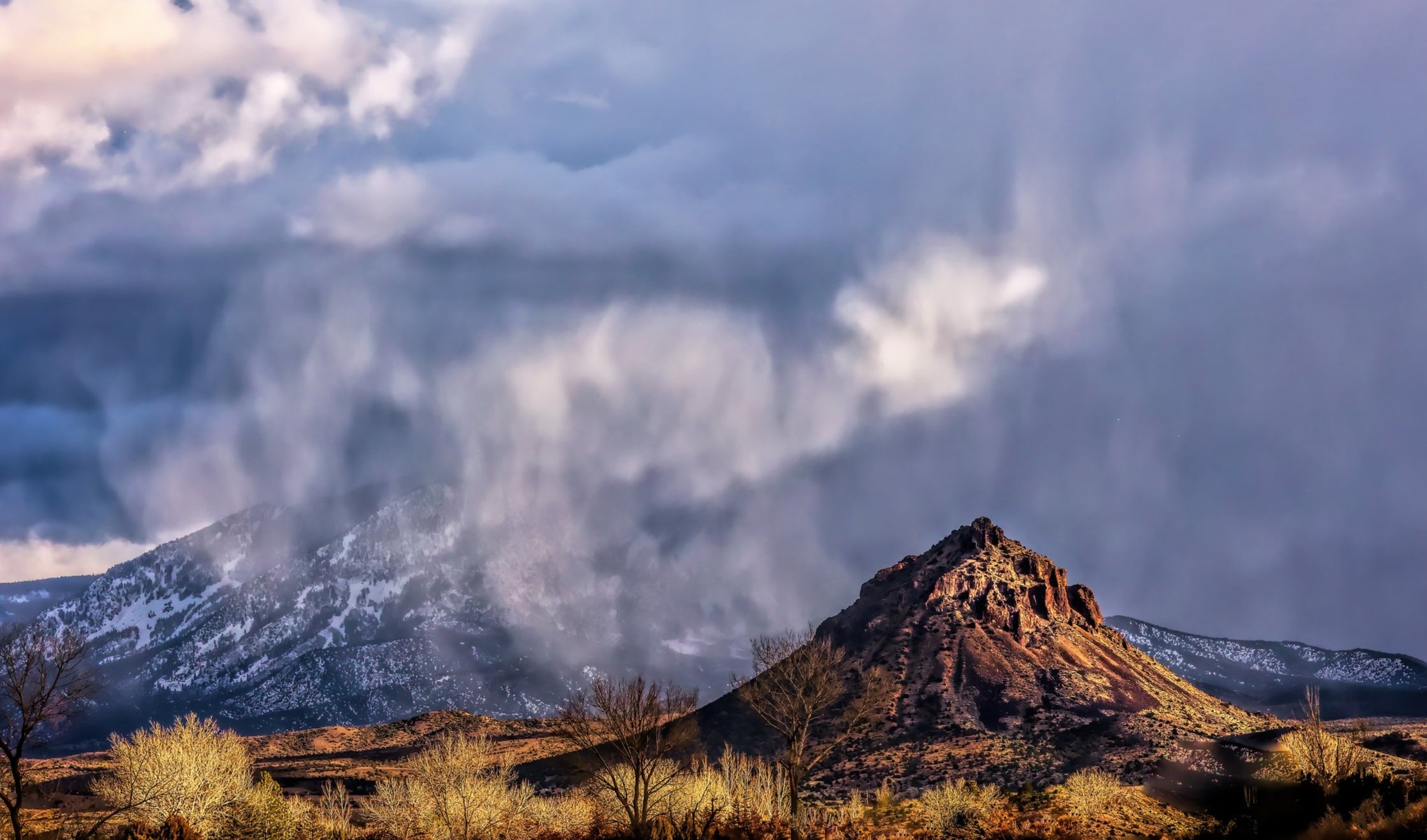
Late afternoon at Round Mountain.
in southeast Utah stand in stark contrast to the seasonal forecast in The Old Farmer’s Almanac calling for a snowy and cold winter in the intermountain West. The high country snowpack is tracking the historic median, though, so I’m not complaining.
Click on image to enlarginate.
when you can launch a camera on a rocket?! I’m anticipating that the Castle Valley Town Council will prohibit such activities in three…two…one…

Self portrait microseconds after launch.

A view towards the snowy La Sal Mountains, plus Round Mountain and Adobe Mesa, caught at apogee.

UPDATE: Added this wide view taken on descent under parachute. That’s me and my shadow in the driveway, next to the launch pad.
was launched today on a “F” engine, also carrying a strap-on downward-looking video camera to record the flight. Too cool for school.

The unpainted MOAB leaping off the pad on a F15-4 rocket engine.

Rocket’s-eye-view of lift off!

Frame grab from the onboard video camera at near apogee, about 500 feet, with Round Mountain and Porcupine Rim clearly visible in the background.

Majestic soaring on a F15-4 rocket engine to 1,425 feet. This one disappeared in the clouds for a while.
cloak the high desert landscape this afternoon.


The late afternoon emergence of Adobe Mesa.